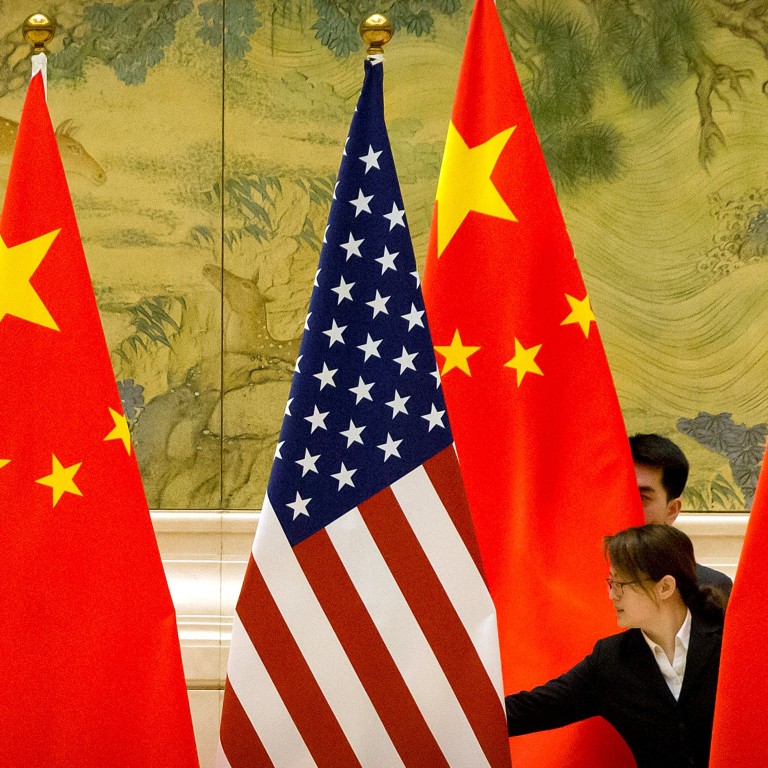
Next US president must reshape US-China trade relationship
- China needs agricultural products that the US can supply and American consumers want goods which China can provide. Whoever wins the White House will need to craft an economic relationship that works for both sides
What always should be remembered is that China needs products that the United States can supply and that US companies and consumers need and want goods that only China has sufficient capacity to provide. Agriculture is a case in point.
Such situations, as policymakers in Beijing will be acutely aware, naturally lead to higher food prices. Indeed, in August, food prices in China rose by 11.2 per cent year on year, following July’s 13.2 per cent increase.
But this is where the United States can play a part, and China can benefit.
Indeed, as regards corn alone, the most recent weekly report from the US Department of Agriculture, revealed net US sales of 2.139 million tonnes for September 11-17, of which 566.4 tonnes were bought by China alone.
As for Washington, although the Trump administration would undoubtedly demur, there is increasing evidence that the US recourse to tariffs on Chinese goods, in pursuit of a recalibration of the existing bilateral trade relationship, is a strategy which looks increasingly out of kilter with the needs and wants of US companies and consumers.
Two takeaways from China’s blockbuster August economic data
Meanwhile, with the peak shipping season for US ports running from August to October as US retailers ready themselves for Christmas, California’s Port of Long Beach, “had the best August in its 109-year history” last month.
It moved “725,610 twenty-foot equivalent units (TEUs) of container cargo,” the port announced on September 9, which was “a 9.3 per cent increase compared to August 2019”. Imports rose 13 per cent to 364,792 TEUs.
Trade with East Asia represents more than 90 per cent of shipments through the Port of Long Beach and China is Long Beach’s biggest partner for imports into the US as measured by TEUs.
US demand for Chinese goods is still buoyant, even with Trump-imposed tariffs. If tariffs were meant to stem the flow of Chinese goods into the US, they are not working.
Neither Beijing nor Washington can be really satisfied with the current situation. Inauguration Day would be a timely moment for Beijing and Washington to start reshaping the trade relationship.
Neal Kimberley is a commentator on macroeconomics and financial markets

